-
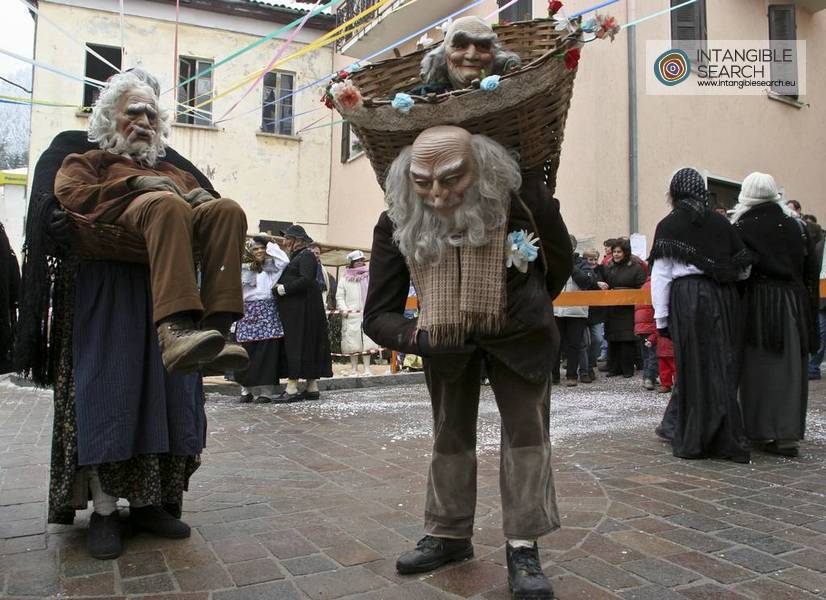
Maschera della Vegia del Val e maschera del'Omasì del gerlo - Buscarino Federico
-
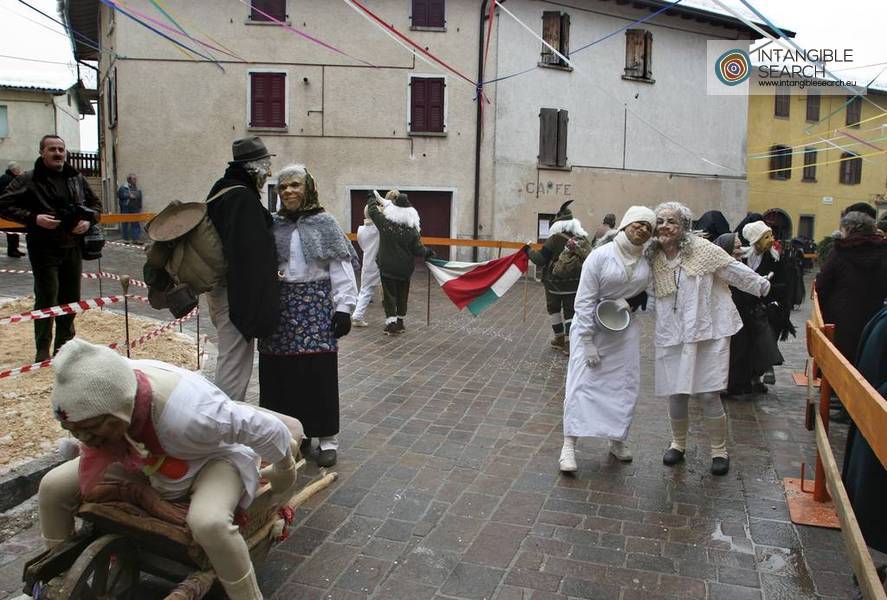
Carnevale in piazza - Buscarino Federico
-
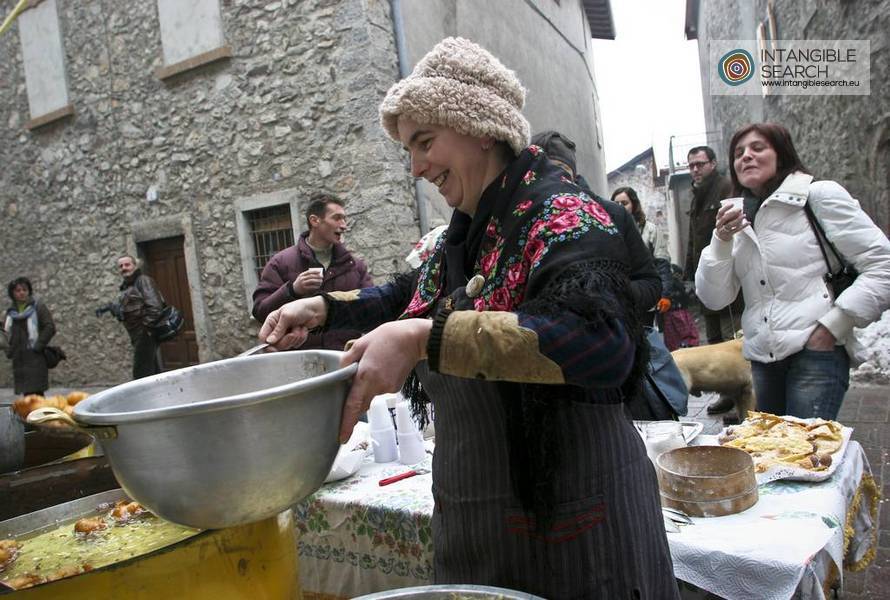
Frittelle - Buscarino Federico
-
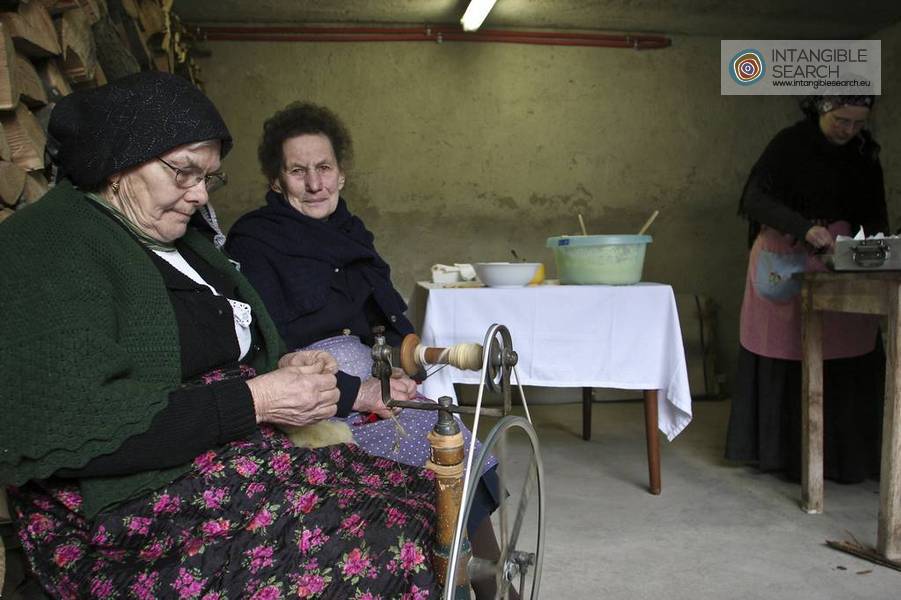
Filatrici - Buscarino Federico
-
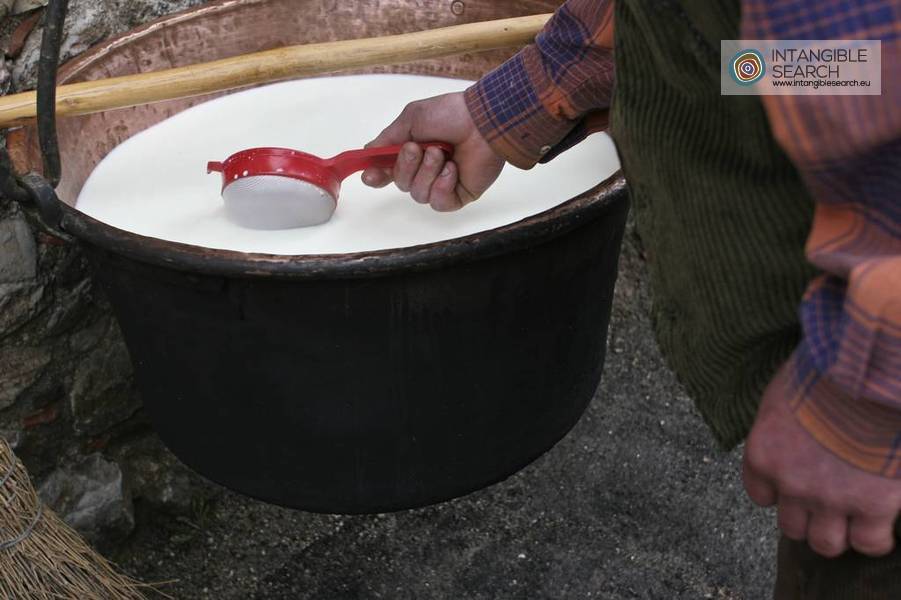
Preparazione del formaggio - Buscarino Federico
-
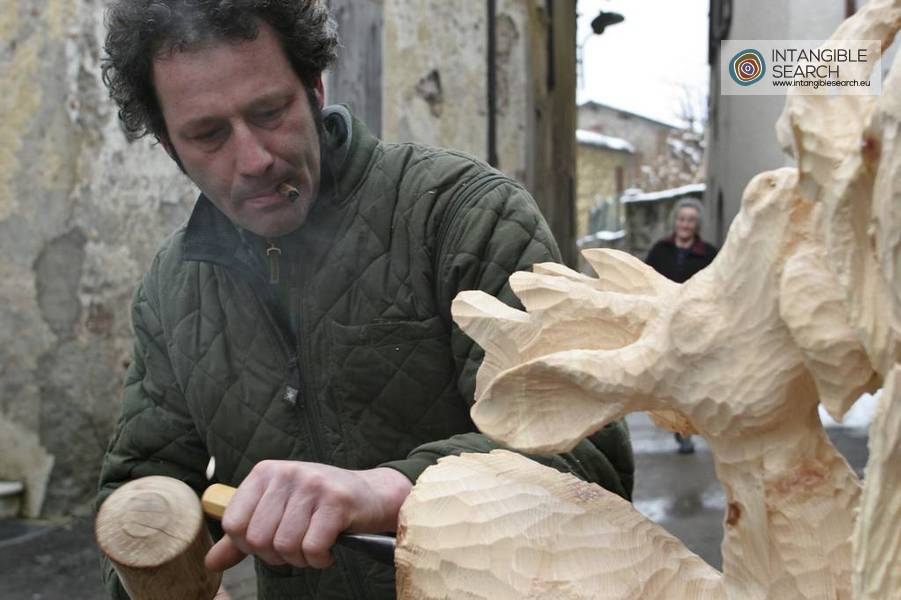
Scultore - Buscarino Federico
-
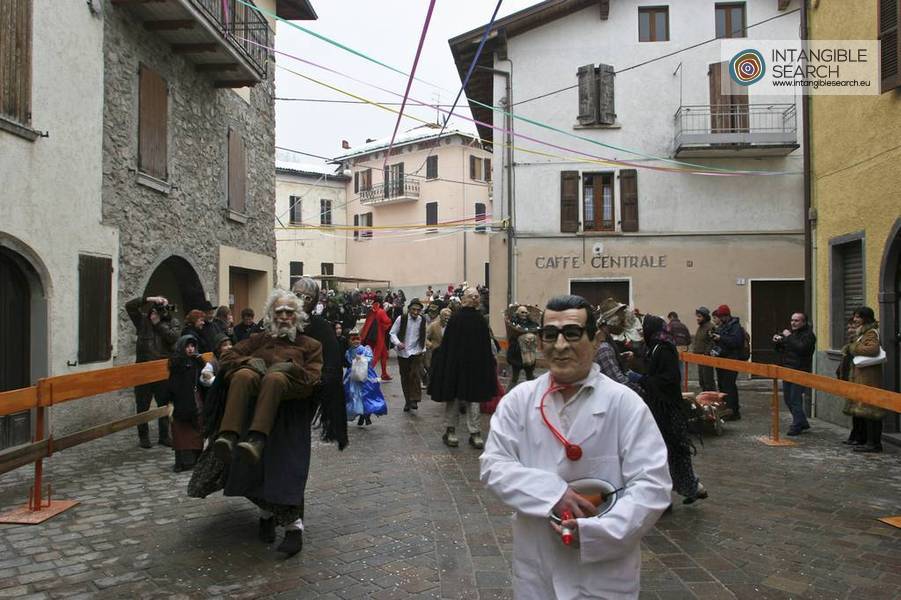
Maschere in piazza - Buscarino Federico
-
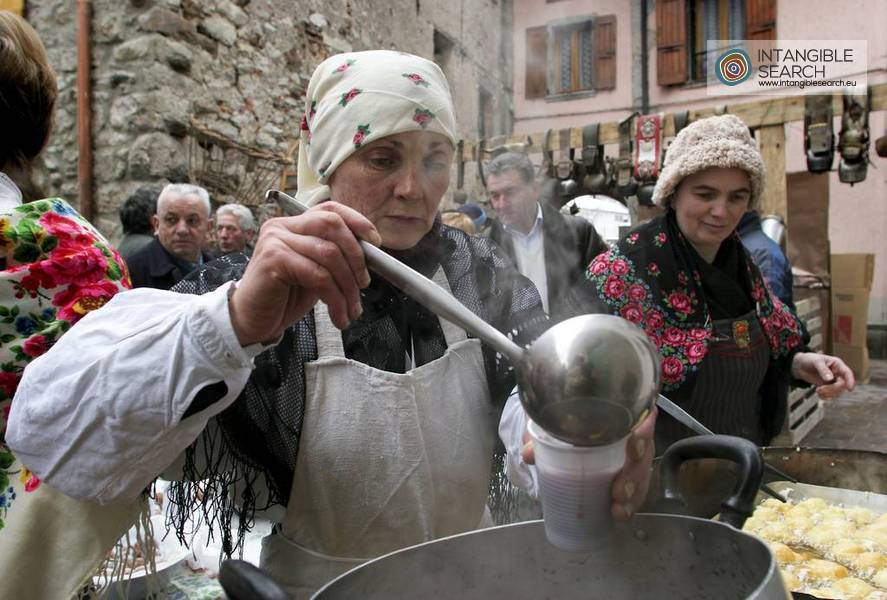
Mescita del vin brulé - Buscarino Federico
-
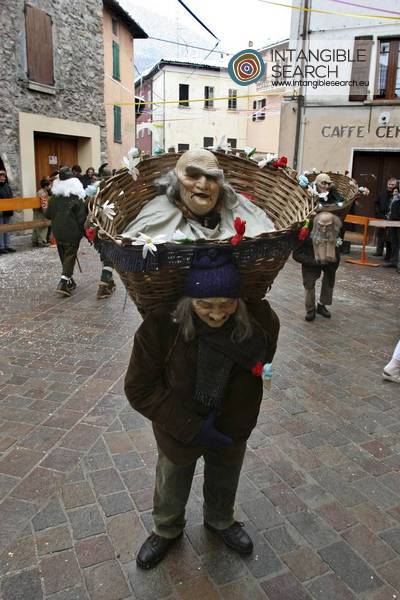
Maschera dell'Omasì del zerlo - Buscarino Federico
-
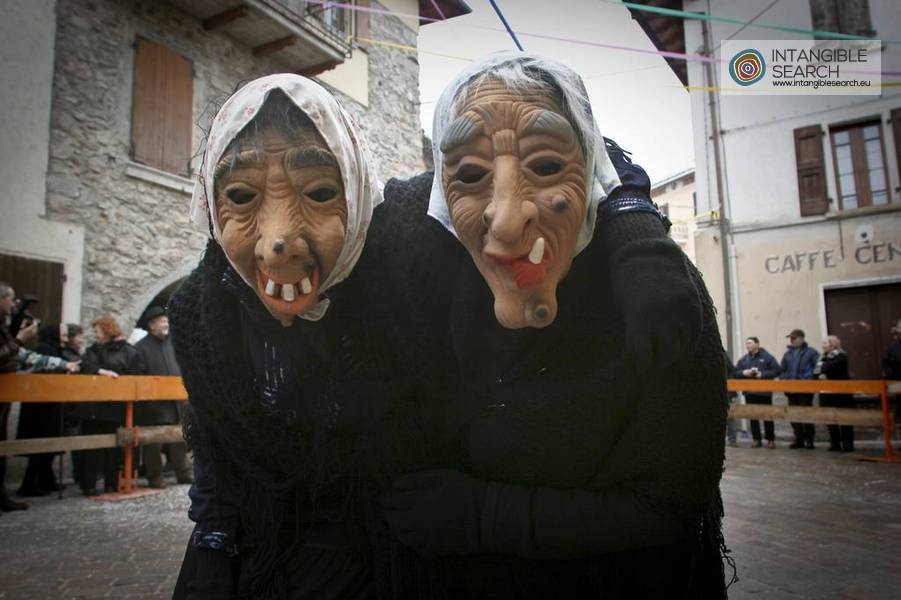
Maschere di vecchie - Buscarino Federico
-
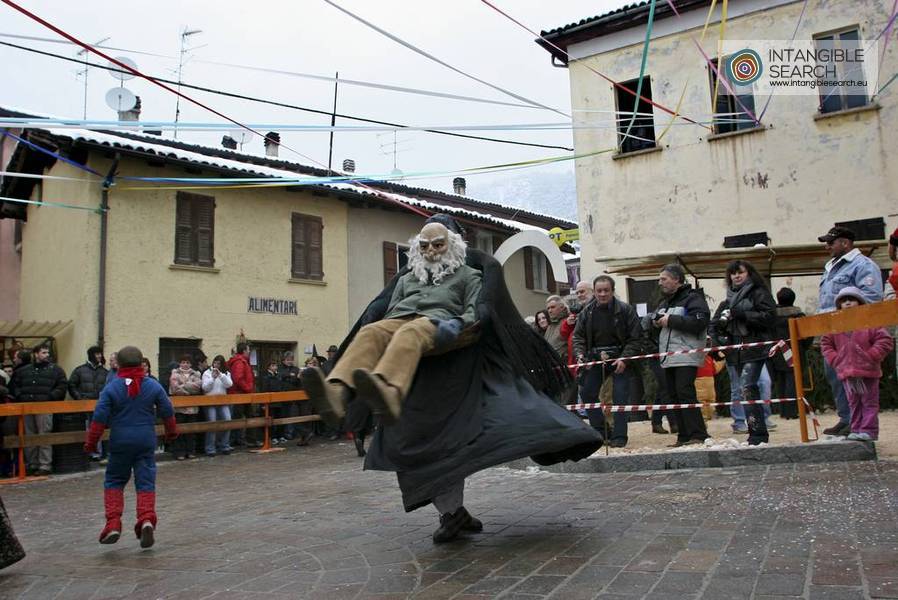
Maschera dell'Omasì del zerlo - Buscarino Federico
-
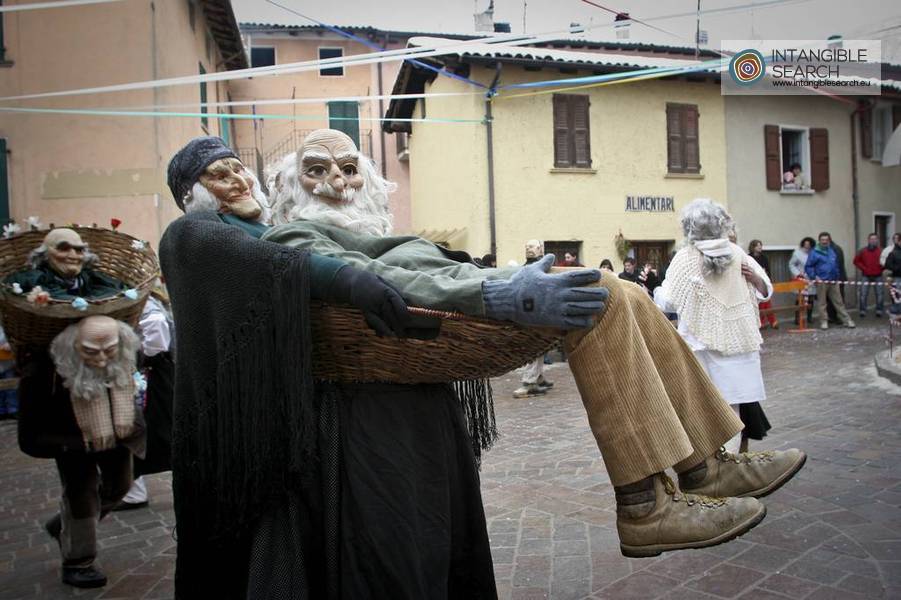
Maschera della Vegia del Val - Buscarino Federico
-
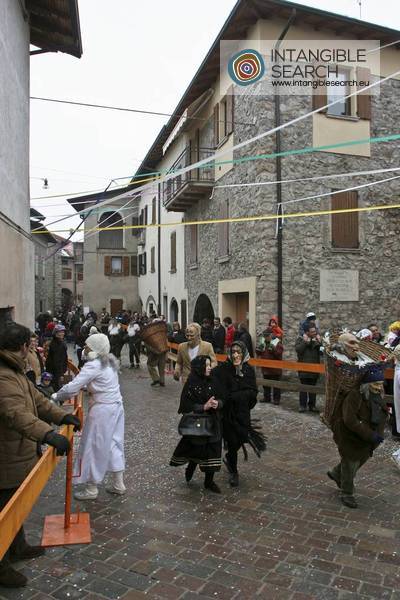
Maschere all'ingresso della piazza - Buscarino Federico
-
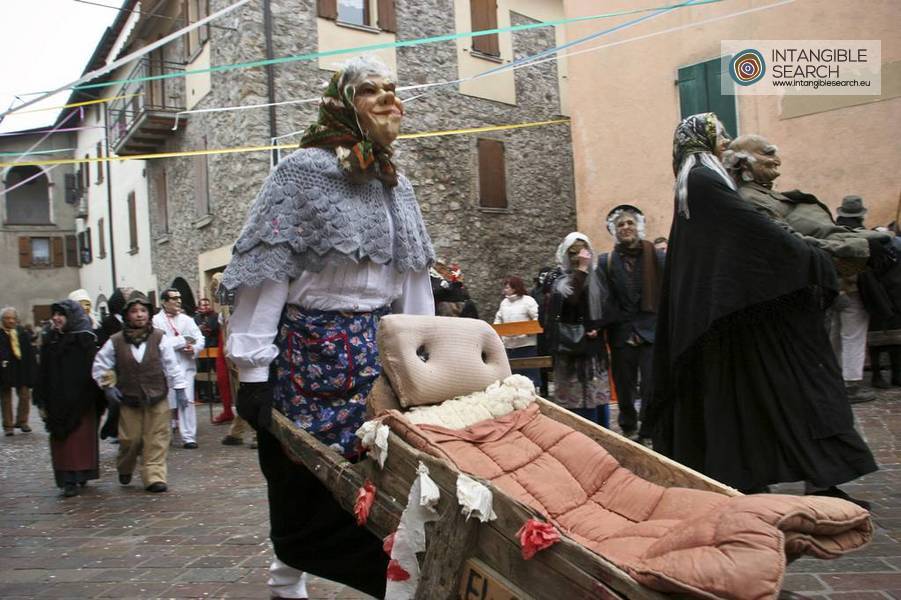
Vecchia con la carriola - Buscarino Federico
-
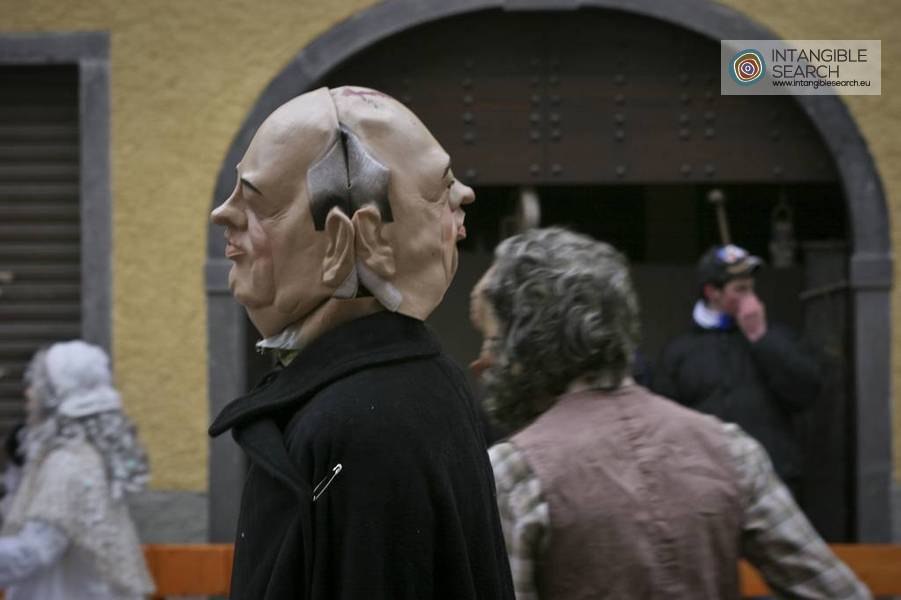
Maschera del doppio - Buscarino Federico
-
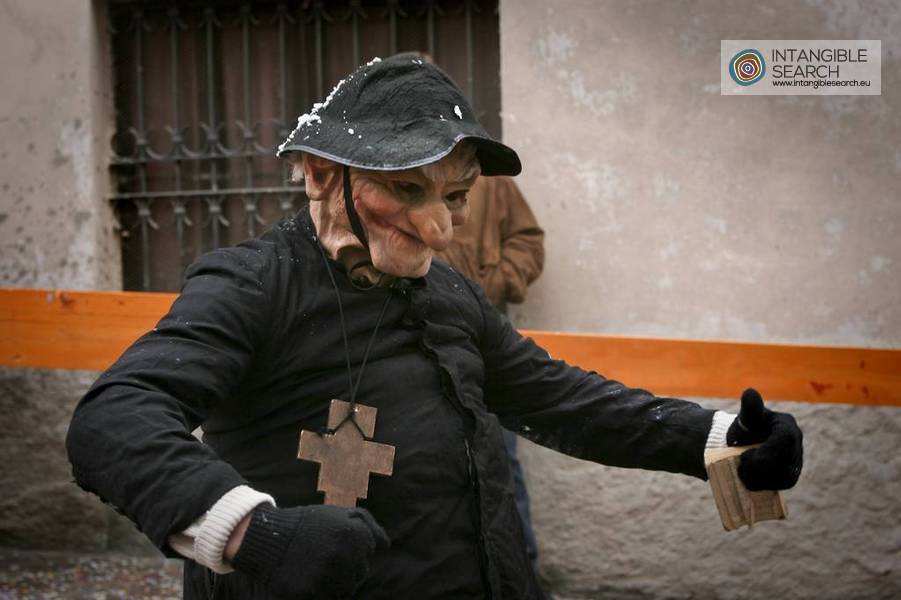
Maschera del prete - Buscarino Federico
-
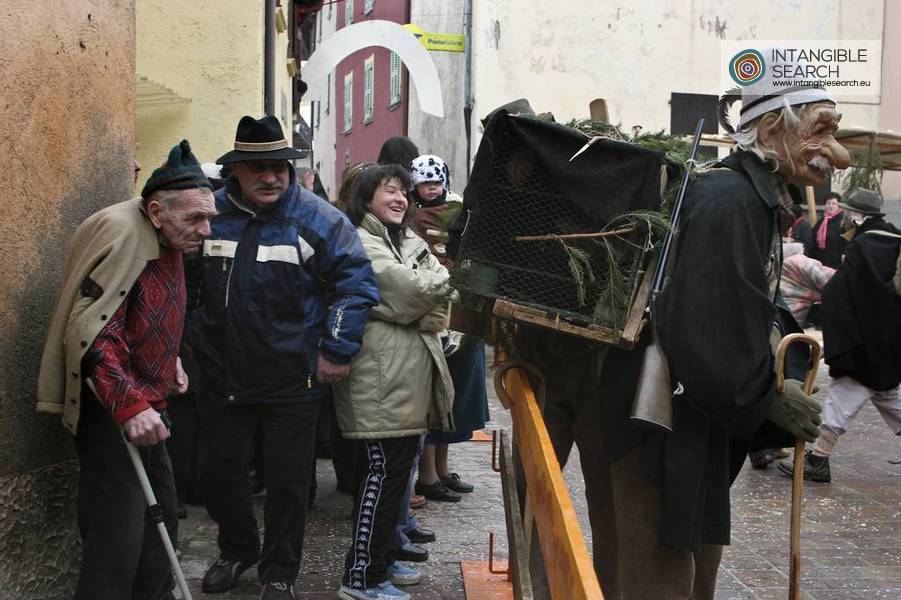
Spettatori del carnevale - Buscarino Federico
-
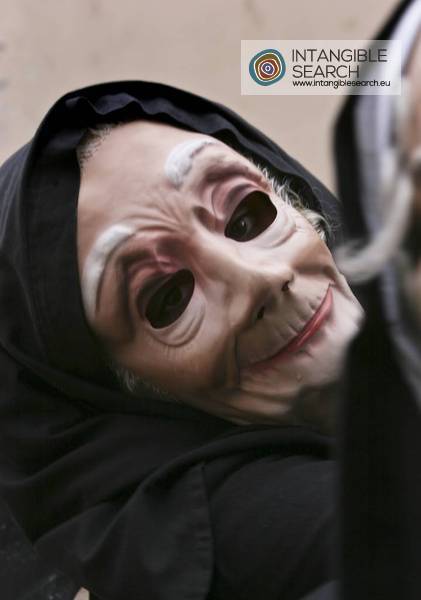
Maschera di vecchia - Buscarino Federico
-
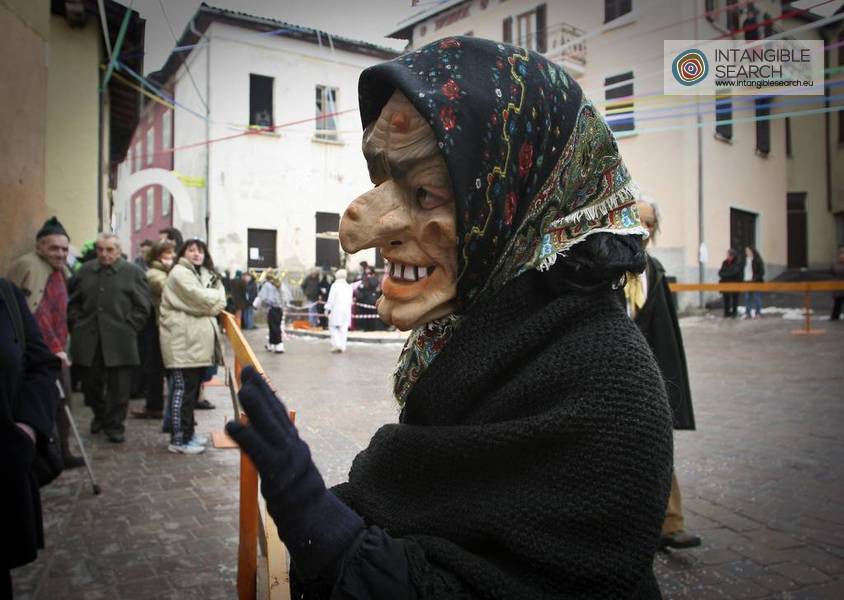
Maschera - Buscarino Federico
-
2006
Indietro
Categoria
Riti e Pratiche SocialiTag
DOVE
Pertica Alta (BS), Lombardia - Italia
QUANDO
Roman Carnival
CHI
Carnevale in Livemmo
The celebration of the carnival of Livemmo starts on Saturday afternoon with a procession of the maschér - masks - along the streets of the town. The festivity continues on Sunday with apparition of three traditional masks of the carnival: the double masks, rurally inspired masks of la vècia dal val (old woman of the grasses) and l'omasì del zerlo (man of the pannier) as well as doppio (the double).
The inhabitants interviewed sustain that these masks were born after the war, invented and build for the first time by a local craftsman. The first two are of older origin. Both the head and the body of the masks are made in wood with pieces of cloth glued on them. But the specifics of the composition of the structure are well kept secrets known only to those wearing them. Thanks to this structure it is possible to create a particular optic illusion on which these masks rely.
Vecia dal val resembles an old woman carrying a large basket of grasses – val – with an old man sitting in the basket. The disguise is built on a trick. The basket is cut and attached at the height of the belly of the person. The old man sitting in the grass basket is the real person, the old woman being the puppet. The trick is in the fact that it looks like the old woman is carrying the man around while in reality it is the exact opposite.
Omasì del zerlo is an old farmer crushed by the weight of a pannier on his back. The old man carried another man in his pannier. The two characters can be very similar or in some cases the one carrying the other seems a lot younger. Also in this case it is a game of deceit. The one carrying the other is, in fact, a puppet. The disguised person enters feet first inside the pannier with a broken bottom with their face being of the one carried.
Vecia del val and Omasì del zerlo display their costumes and dance around turning around to let people see the whole costume.
The third traditional mask is doppio. A man with a mask and shoes (sgalber) in the front and in the back with a long cape covering the knees. The masks moves slowly in order for the spectators to notice which side is front and which is back.
A series of everyday figures accompany the three types of masks: a doctor, an old woman, a nun, the devil, osèladur, a priest, a witch; men and women wearing shawks, waistcoats, lace shirts, knickers, capes and old scarves. Often the theme of the duplicity appears also in the more recent masks with couples in disguise. In the past there were masks known as signorine – the ladies – or bianche – the white. They were recognizable from their elegant or simply white clothing. These masks were worn exclusively by men.
There are several erotic references in the costumes such as the two genitals in a cage carried by oseladur, that accompany the movements of the masks and decorate the stalls (a large wooden penis on the banquette stall in the piazza squirting water at passersby.
The masks display their costumes and dance to music from a stereo. In the past the procession was accompanied by an accordion player. Scenes of ancient professions can be seen along the main streets. A food stall distributes pancakes, roasted chestnuts and vin brulé.
COMUNITÀ
The entire town participates in the carnival. Today the masks portray men, women and children whereas in the past the masks were exclusively men. The demonstration is organized by Gruppo Folkloristico di Pertica Alta in collaboration with the municipal administration.
MISURE DI SALVAGUARDIA
The carnival of Livemmo is a member of R.E.I.L. (Registro delle Eredità Immateriali Lombarde), a project of appreciating, protecting and promoting the cultural property, traditional knowledge and ritual practices of the region of Lombardy.


















